Fresh cheese is cheese in its youngest, purest form. Fluffy ricotta, creamy goat cheese, soft mozzarella, crumbly feta, and so on. These are all delicious examples of fresh cheese. Fresh cheese calories and nutrition are valuable especially for elderly.
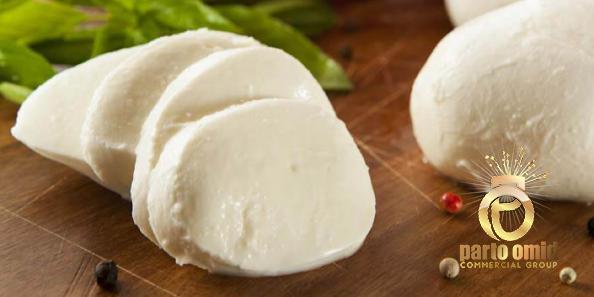
5 Amazing Benefits Of fresh cheese
 Fresh cheese benefits are broad and the below-mentioned are the benefits in the absorbed mineral from body:
Fresh cheese benefits are broad and the below-mentioned are the benefits in the absorbed mineral from body:
- Rich in calcium: One of the first features that we always see in cheeses is, obviously, its richness in calcium. Indeed, among the characteristics of fresh cheese or Burgos cheese we also find a high proportion of calcium as it is a dairy product. Maintaining a diet where calcium is very present is essential at any age, from childhood to old age, this mineral gives us with very important advantages for our bones, which we should never neglect.
- Rich in potassium: In general, most cheeses have a high balance of potassium compared to other foods, making them the ideal snack before a day of frenetic activity, in the moments before a sports competition, or if we are weak and tired. Potassium provides us the energy to face our day-to-day.
- Rich in phosphorus: Maintaining brain functions in optimal state and young memory are two of the tasks that are allowed to phosphorus. Another of the properties of fresh cheese is its richness in phosphorus, so if you are carrying out a diet, it is a food that you can include with complete peace of mind since it will provide you with many profits, adding a few calories.
- Rich in vitamin A: Fresh cheese or Burgos cheese is one of the foods rich in Vitamin A that you can have in your fridge. As you already know, Vitamin A is very important to keep our immune system strong, have young skin and properly maintain our eye health. In addition, it is suggested for both men and women because it enhances the amount of sperm and reduces the pain associated with menstruation.
- Rich in sodium: It is not good to abuse foods that contain a lot of sodium, particularly if you are a person prone to hypertension, but in this particular case the advantages that you can extract from the properties of fresh cheese are greater than the negative effects that this sodium supplement gives you. Can cause. Moreover, sodium also has positive effects, such as limiting dehydration of our body after excessive sweating or in very hot seasons.
What Is The Consumption Of Fresh Cheese Among The Elderly?
 Different studies have shown that old people are aware of the benefits of dairy products, but a sizeable part of the world’s young population still does not consume the recommended amount of dairy produce. Fresh cheese is an essential sources of calcium, vitamins A, D and B12, protein and fat for elderly. Cheese for elderly provides the calcium which is needed to help build healthy bones and for nerve and muscle function. Vitamin D is needed to help absorb calcium and therefore plays an important part in strengthening bone.
Different studies have shown that old people are aware of the benefits of dairy products, but a sizeable part of the world’s young population still does not consume the recommended amount of dairy produce. Fresh cheese is an essential sources of calcium, vitamins A, D and B12, protein and fat for elderly. Cheese for elderly provides the calcium which is needed to help build healthy bones and for nerve and muscle function. Vitamin D is needed to help absorb calcium and therefore plays an important part in strengthening bone.
Steps Of Making Fresh Cheese
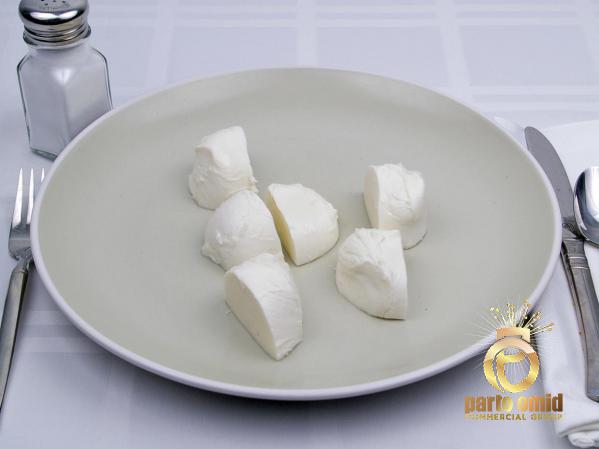 General Cheese Processing Steps:
General Cheese Processing Steps:
- Standardize milk: Milk is usually standardized before any procedure to make cheese to optimize the protein to fat ratio to make a good quality cheese with a high yield
- Pasteurize/Heat Treat Milk: Depending on the wanted cheese, the milk may be pasteurized or mildly heat-treated to reduce the number of spoilage organisms and improve the conditions for the starter cultures to grow. Some varieties of milk are made from raw milk so they are not pasteurized or heat-treated. Raw milk cheeses must be aged for at least 60 days to decrease the possibility of exposure to disease-causing microorganisms (pathogens) that may be present in the milk.
- Cool Milk: Milk is cooled after pasteurization or heat treatment to 90°F (32°C) to bring it to the temperature needed for the starter bacteria to grow. If raw milk is used the milk must be heated to 90°F (32°C).
- Inoculate with Starter & Non-Starter Bacteria and Ripen: The starter cultures and any non-starter adjunct bacteria are added to the milk and held at 90°F (32°C) for 30 minutes to ripen. The ripening step leaves the bacteria to grow and begin fermentation, which lowers the pH and develops the flavor of the cheese.
- Add Rennet and Form: The rennet is the enzyme that acts on the milk proteins to form the curd. After the rennet is added, the curd is not disturbed for approximately 30 minutes so a firm coagulum forms.
- Curd Cut Curd and Heat: The curd is allowed to ferment until it reaches pH 6.4. The curd is then cut with cheese knives into small pieces and heated to 100°F (38°C). The heating step helps to separate the whey from the curd.
- Drain Whey: The whey is drained from the vat and the curd forms a mat.
- Texture Curd: The curd mats are divided into parts and piled on top of each other and flipped periodically. This step is called cheddaring. Cheddaring helps to expel more whey, provides the fermentation to continue until a pH of 5.1 to 5.5 is reached, and allows the mats to “knit” together and form a tighter matted structure. The curd mats are then milled (cut) into shorter pieces.
- Dry Salt or Brine: For cheddar cheese, the smaller, milled curd parts are put back in the vat and salted by sprinkling dry salt on the curd and processing in the salt. In some cheese varieties, such as mozzarella, the curd is formed into loaves and then the loaves are put in a brine (saltwater solution).
- Form Cheese into Blocks: The salted curd pieces are placed in cheese hoops and pressed into blocks to form the cheese.
- Store and Age: The cheese is stored in coolers until the desired age is reached. Depending on the type, cheese can be aged from several months to several years.
- Package: Cheese may be cut and packaged into blocks or it may be waxed.
Natural Fresh Cheese Sale Center
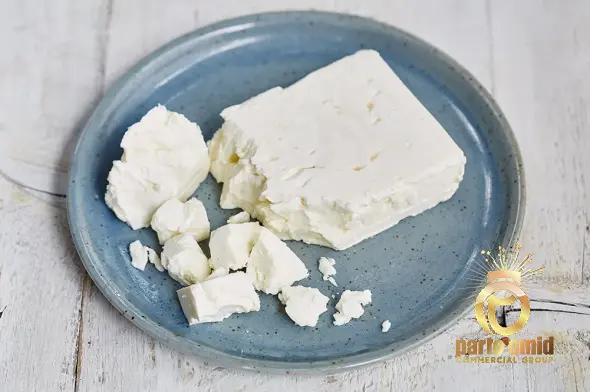 We sale the premium-grade variety of fresh cheese for Food. From bricks to spreads, our selection of cheeses features a variety of products to incorporate into your deli, restaurant, or diner. We offered fresh cheeses in our center with unique qualities offer profiles of pronounced flavors yet mild aromas. As the name would suggest, these cheeses are best enjoyed fresh, within a few days. Enjoy!
We sale the premium-grade variety of fresh cheese for Food. From bricks to spreads, our selection of cheeses features a variety of products to incorporate into your deli, restaurant, or diner. We offered fresh cheeses in our center with unique qualities offer profiles of pronounced flavors yet mild aromas. As the name would suggest, these cheeses are best enjoyed fresh, within a few days. Enjoy!
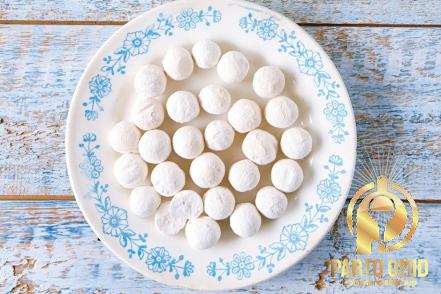
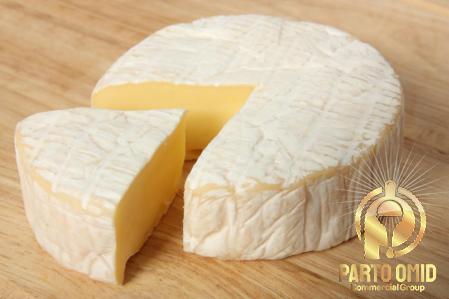
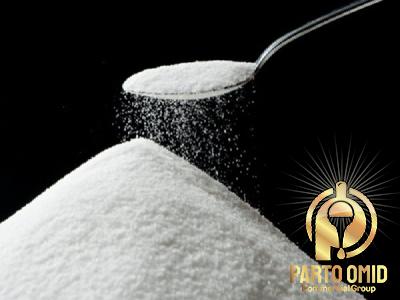
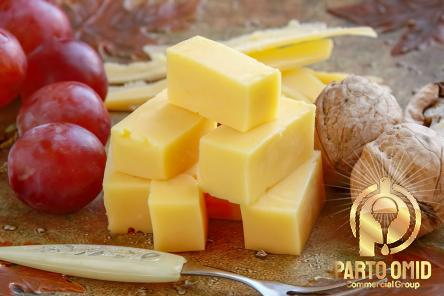
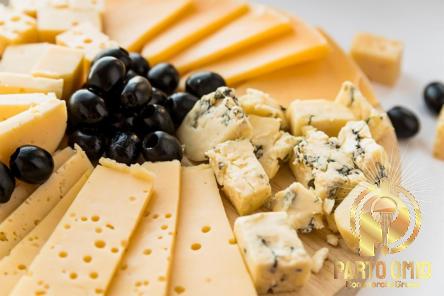
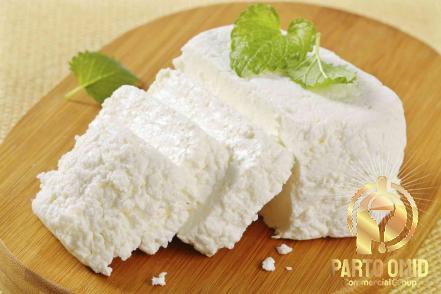
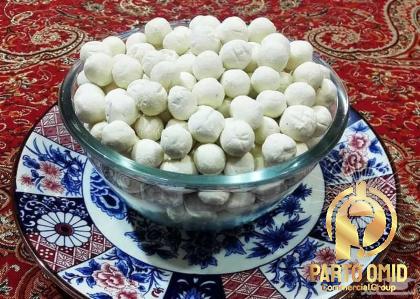
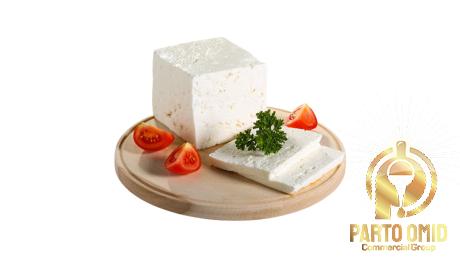
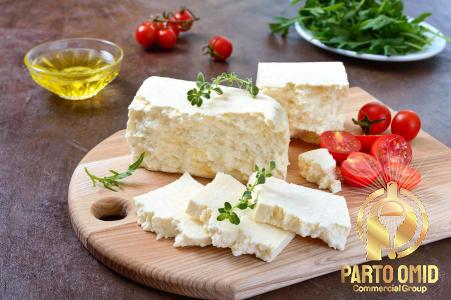
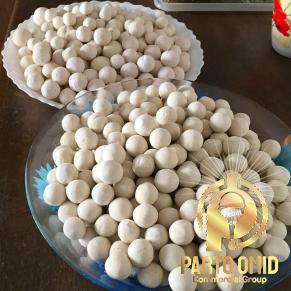
Your comment submitted.